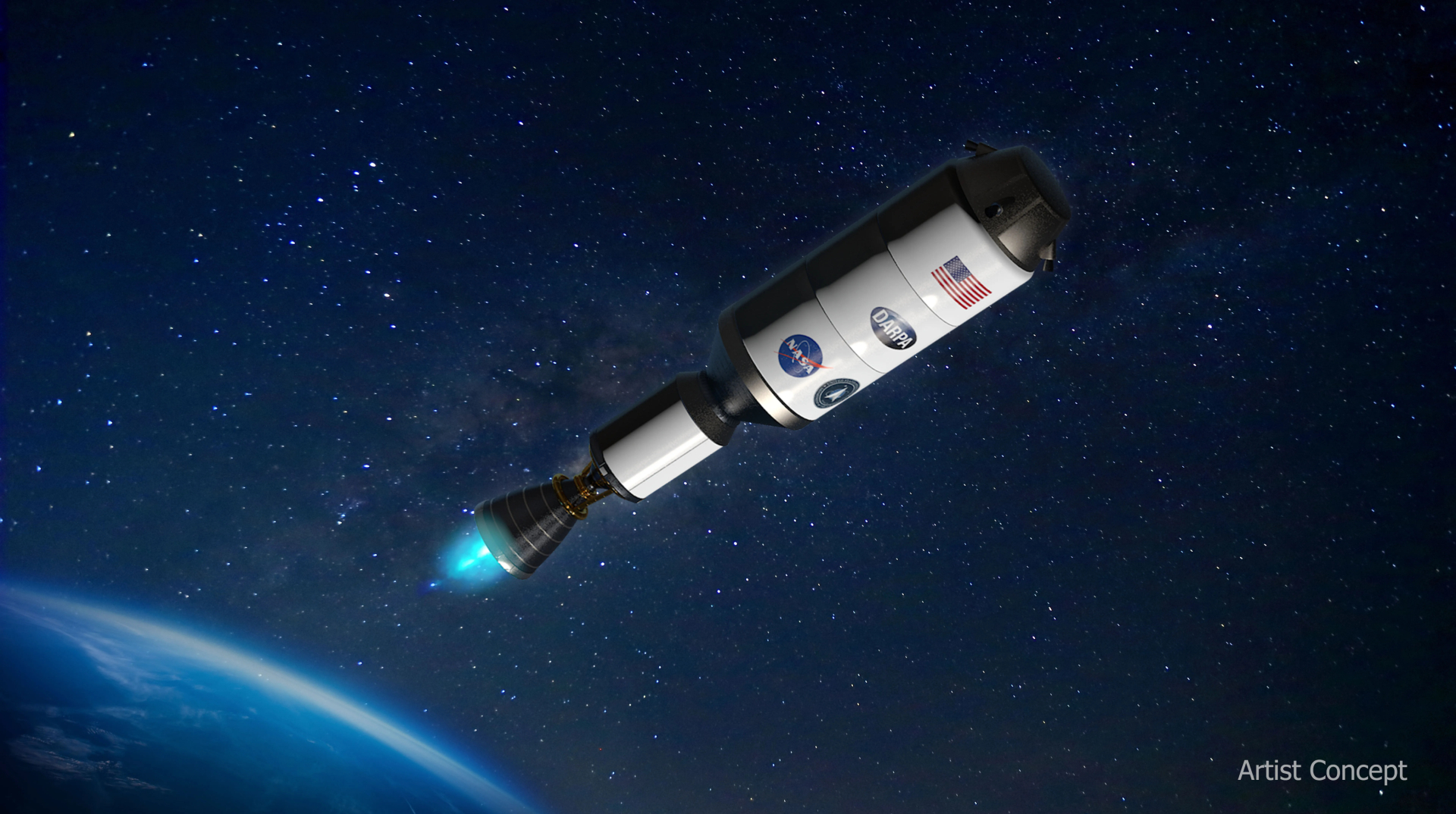| IN A NUTSHELL |
|
In a groundbreaking simulation, NASA locked four volunteers in a Mars-like habitat for over a year, aiming to prepare for future manned missions to the Red Planet. While the mission focused on scientific rigor and survival, it also incorporated leisure activities, such as video games, to help participants cope with isolation. This unique combination of science and recreation offered insights into human resilience and the psychological challenges of space travel. The experience highlighted the importance of balancing work and play, even in the most extreme conditions, as NASA continues to pave the way for humanity’s journey to Mars.
The Mars Habitat Simulation
On June 25, 2023, NASA embarked on the first mission of the CHAPEA (Crew Health and Performance Exploration Analog) program. This initiative aimed to test life-sustaining conditions on Mars without leaving Earth. Four individuals were confined for 378 days in a 3D-printed habitat spanning 1,722 square feet at the Johnson Space Center in Houston, Texas. This habitat mirrored what future Martian living modules might be like, providing a platform for simulating extreme conditions. Participants faced limited resources, cultivated their own food, conducted spacewalks in suits, and experienced communication delays of 22 minutes with “Earth.” These conditions aimed to replicate the challenges of a Mars mission, providing invaluable data on living in space-like environments.
The habitat’s design and functionality were critical to the simulation’s success. By mimicking potential Martian conditions, the project provided a realistic environment for studying human adaptability and resourcefulness. The insights gained will contribute to NASA’s understanding of the requirements for sustaining life on Mars, as well as the psychological and physical demands of long-duration space missions. This experiment is a vital step in addressing the challenges of interplanetary exploration.
Managing Stress and Isolation
Despite not being a real mission on Mars, the psychological and physical challenges were significant. A key focus of the CHAPEA mission was to observe how humans manage stress, solitude, and boredom during prolonged isolation in a confined space. The crew’s daily routine involved a mix of scientific tasks, personal time, and collaborative activities. To maintain their mental health and occupy their free time, participants engaged in various activities, including watching preloaded movies and series, reading, painting, and playing video games on a PlayStation 4.
Marine microbiologist Anca Selariu, a crew member, noted that these leisure activities were essential for mental well-being. The availability of diverse forms of entertainment helped alleviate stress and provided a much-needed distraction from the monotony of daily life. The mission underscored the importance of psychological resilience and the need for strategies to combat the emotional toll of isolation—a crucial consideration for future space missions.
The Role of Strategy Games
Strategy and construction simulation games were particularly popular among the crew. These games require critical thinking, planning, and patience, qualities vital for future space missions. By engaging in these games, participants indirectly tested their cognitive and coordination abilities in an isolated setting. The games served as more than just a pastime; they were a vital tool for maintaining morale and honing decision-making skills.
Participants described these gaming sessions as “bubbles of decompression,” providing a safe environment to relax and recharge. The cognitive demands of strategy games mirrored the challenges of real-life mission planning, offering a unique training opportunity. The experience demonstrated that intelligent entertainment could play a pivotal role in preparing astronauts for the mental challenges of space travel.
Looking Ahead to Mars
NASA plans a second CHAPEA mission in 2025, with the goal of sending astronauts to Mars in the 2030s. This ambitious objective faces technical and budgetary uncertainties. However, analog experiences like these provide valuable data on the human factors of long-duration space missions. The lessons learned from these simulations will inform the design and planning of future interplanetary expeditions.
One unexpected takeaway is the potential role of intelligent entertainment in space exploration. Even 140 million miles from Earth, a PlayStation controller could become an astronaut’s ally. As NASA continues to explore the final frontier, understanding the balance between work and leisure will be critical to the success of human space travel. How will future missions integrate these insights to enhance the well-being and performance of astronauts on their journey to Mars?
This article is based on verified sources and supported by editorial technologies.
Did you like it? 4.4/5 (20)
Source link


